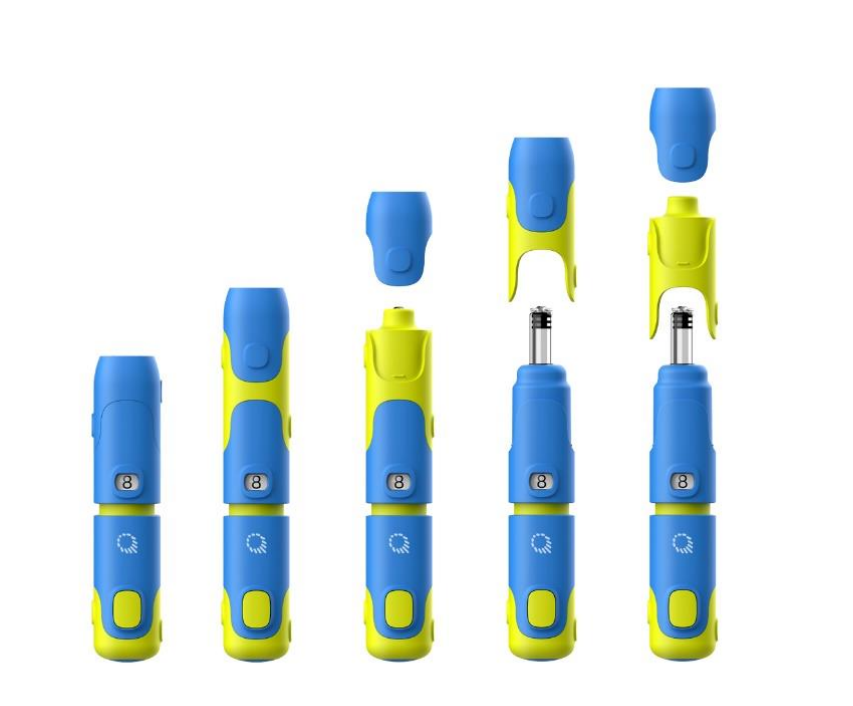Innovations in medical technology continue to reshape the landscape of healthcare, with a particular emphasis on improving accessibility and global health outcomes. Among these breakthroughs, needle-free injection technology stands out as a transformative advancement with far-reaching implications. By eliminating the need for traditional needles, this technology not only enhances patient comfort and safety but also addresses critical challenges in vaccine delivery, medication administration, and disease prevention worldwide.
Enhanced Accessibility:
Needle-free injection technology plays a pivotal role in enhancing accessibility to healthcare services, particularly in underserved and resource-limited settings. Traditional needle-based injections often pose barriers due to fear, discomfort, and the requirement for skilled personnel. Needle-free devices offer a user-friendly alternative, reducing anxiety and making vaccinations and treatments more accessible to individuals of all ages.
Moreover, the simplicity of needle-free injection systems allows for deployment in a variety of settings, including remote areas and mobile clinics, where traditional injection equipment may be impractical or unavailable. This portability and ease of use empower healthcare workers to reach populations in need more effectively, thereby bridging gaps in healthcare access and promoting health equity on a global scale.
Improved Safety and Compliance:
The safety advantages of needle-free injection technology are manifold. Needlestick injuries, a significant occupational hazard for healthcare workers, are virtually eliminated, reducing the risk of bloodborne infections such as HIV and hepatitis. Furthermore, the absence of needles mitigates the potential for accidental punctures and associated
complications, safeguarding both patients and healthcare providers.
Additionally, the fear of needles often leads to vaccine hesitancy and non-compliance with medical treatments, particularly among children and individuals with needle phobias. By offering a painless and stress-free alternative, needle-free injection technology promotes greater acceptance and adherence to vaccination schedules and therapeutic regimens, thereby bolstering public health efforts and reducing the burden of preventable diseases.
Global Health Impact:
The impact of needle-free injection technology extends beyond individual patients and healthcare settings to encompass broader global health outcomes. Vaccination campaigns, essential for preventing infectious diseases and achieving herd immunity, stand to benefit significantly from the adoption of needle-free devices. By enhancing the acceptability and efficiency of immunization programs, these technologies contribute to disease eradication efforts and epidemic control initiatives worldwide.
Furthermore, needle-free injection technology facilitates the delivery of complex medications and biologics, including insulin, hormones, and therapeutic proteins, without the need for frequent injections or specialized training. This capability is particularly relevant in the management of chronic conditions such as diabetes, where patient adherence to treatment regimens is paramount for long-term health outcomes.
Moreover, the scalability of needle-free injection technology makes it well-suited for large-scale public health interventions, such as mass immunization campaigns during disease outbreaks or humanitarian
crises. Rapid deployment of vaccines and medications using needle-free devices can help contain outbreaks, prevent secondary transmission, and mitigate the impact of pandemics on vulnerable populations.
Needle-free injection technology represents a paradigm shift in healthcare delivery, offering a safe, convenient, and globally scalable alternative to traditional needle-based injections. By improving accessibility, enhancing safety, and facilitating compliance with medical treatments, these innovative devices have the potential to revolutionize healthcare delivery and improve health outcomes for millions worldwide. As the technology continues to evolve and gain widespread acceptance, its impact on global health equity and disease prevention will undoubtedly be profound, ushering in a new era of accessible and patient-centered care.
Post time: May-25-2024

